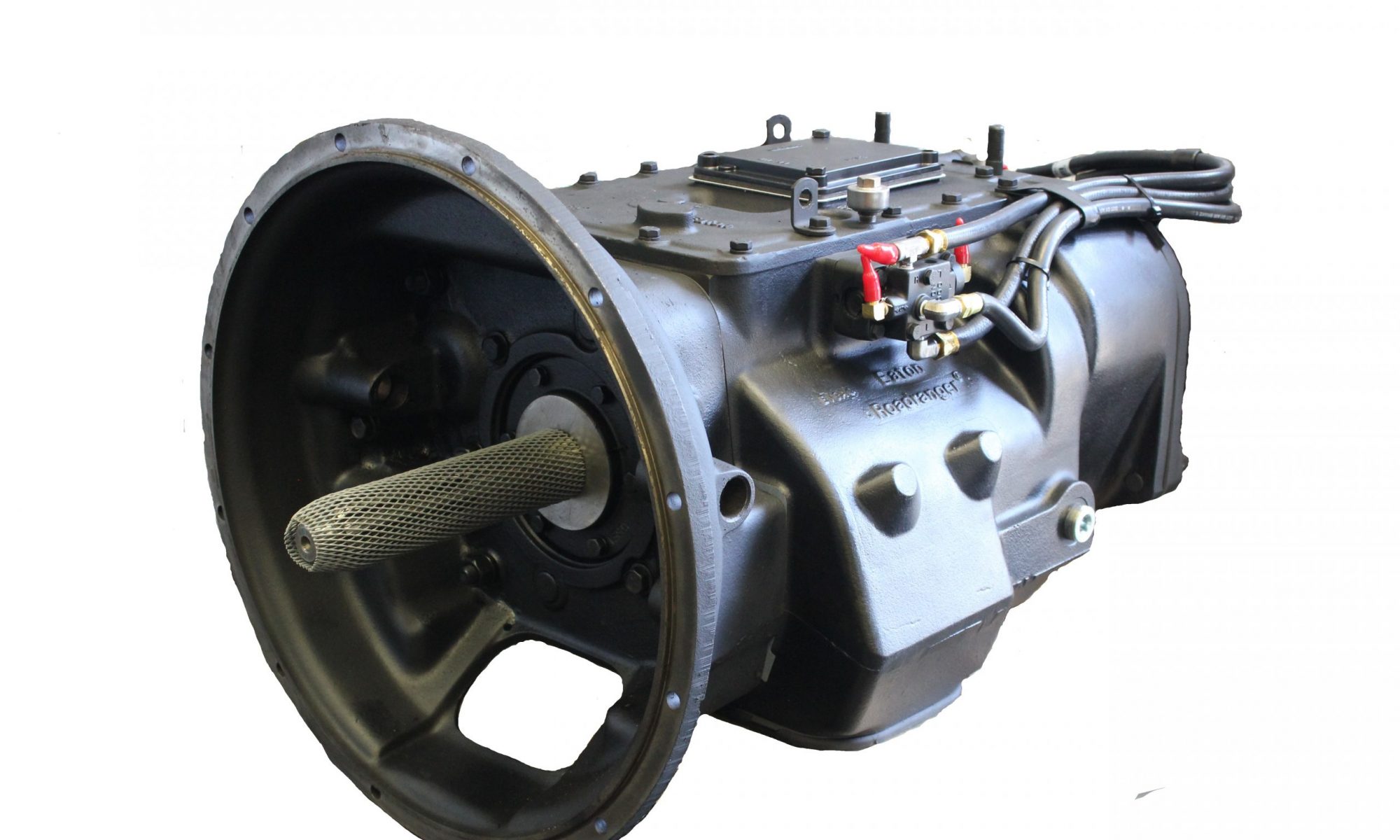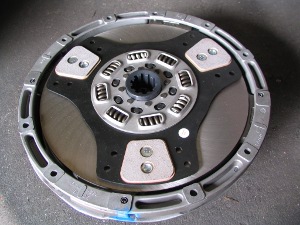The most common cause of failure for clutches, apart from ordinary wear and age, is operating the clutch out of adjustment. Pull-type clutches with mechanical linkage should always have some “free play” in the clutch pedal. That is, you should be able to depress the clutch pedal and inch or so before you feel resistance as it begins to disengage the clutch.
As a clutch wears, the throw out bearing gradually moved forward toward the clutch assembly, and this causes a slow decrease in free play.
Free play indicates that there is a gap between the throw out bearing and the clutch release fork
(which is attached to the clutch release linkage).Once the free play is gone, the clutch release
fork actually begins to prevent the clutch for fully engaging, as it is holding the throw out bearing back.
Eventually, as the free play goes away and the throw out bearing continues to try to move forward, the pressure on the clutch discs is decreased to the point that the clutch begins to
slip. Once the clutch begins slipping, it’s only a matter of time until the heat from the slippage
severely damages the clutch assembly.
A quick regular check for clutch pedal free play can avoid a costly repair down the road.

